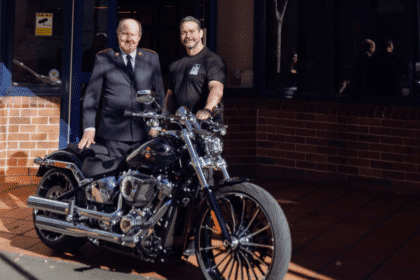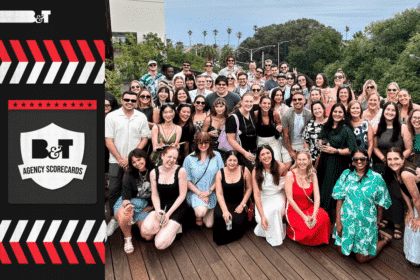Hootsuite, the most widely used social media management platform, has released new research showing that Australian hospitality and tourism brands that frequently use Instagram to engage consumers could grow their audience by up to ten times.
The research highlights that more than ever, social media engagement has the ability to drive purchasing decisions and help develop long-lasting customer relationships.
Key findings include:
- An Australian hotel, bar or restaurant is tagged on Instagram every 28 seconds
- Influencers can drive up to 87 per cent of post volume for hotels, bars and restaurants
- Hotels, bars and restaurants which are active on social are perceived 20 per cent more positively than those who are not active
- Leading organisations are using employee advocacy programs to build awareness and drive influence on social media platforms
Australian hotels, bars and restaurants who do not engage with users on Instagram are limiting their potential audience to less than 10 per cent.
“Social enables brands to maintain constant conversation, in real time – offering competitive insight on the industry as a whole.” said Darren Wright, CMO, Flight Centre Australia.
With 71 per cent of consumers making purchasing decisions based upon what they discover on social, travel and hospitality organisations need to engage with users and conversations surrounding their brand.
“Social media has transformed the way Australians discover, consume and share experiences at hotels, bars, and restaurants,” says Ben Mulligan, Regional Marketing Leader, Australia & New Zealand, Hootsuite.
“With more access to real-time information than ever before, the customer journey has evolved, and organisations need to think ‘digital first’ to meet and capitalise upon the expectations of the connected consumer”.
Less than half of hospitality and tourism brands in Australia are actively using social media, and 45 per cent of those with accounts are not engaging with their audience.
By engaging social media users, brands are creating meaningful relationships with consumers. Sharing human moments, user-generated content and hyperlocal recommendations also foster deeper connections than brands who are inactive on the social media platform.
“Social is reshaping how communities communicate, trade, work and live together. Flights, hotels, bed-and-breakfasts, tours, attractions, cities, people, transport and everything on a trip for both business and leisure is documented with the tap of your phone’s camera.” said Robin Maes, Director of Digital Media, Event Hospitality & Entertainment.
Role of major and micro influencers
Hootsuite’s research highlights how brands can engage different groups of social media influencers to potentially extend their reach by up to ten times.
When engaging influencers, brands seeking more targeted reach, and active followers should turn to ‘Micro influencers’: users with between 1,000 – 10,000 followers. They tend to have more localised followings and can drive, on average, 87 per cent of post volume for hospitality brands. Major influencers on the other hand, boost the volume of users talking about a brand by 61 per cent on average.
Employees the real influencers for brands?
In some cases, employees may also collectively hold more power and reach than brands on social media channels. Employees want to share content from their organisation, and by including and enabling employees within their social strategy, brands can reach new audiences online and increase engagement considerably.









